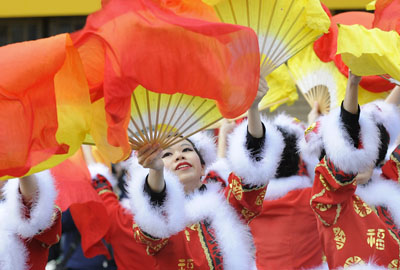Article
Chinese Music in Canada
The migration of Chinese to Canada began in 1858 as a result of the Fraser River Gold Rush in British Columbia. Most of the 19th-century migrants, including those contracted for CPR labour from 1882 to 1885, came from Kwangtung (Canton) Province, some via the USA.










